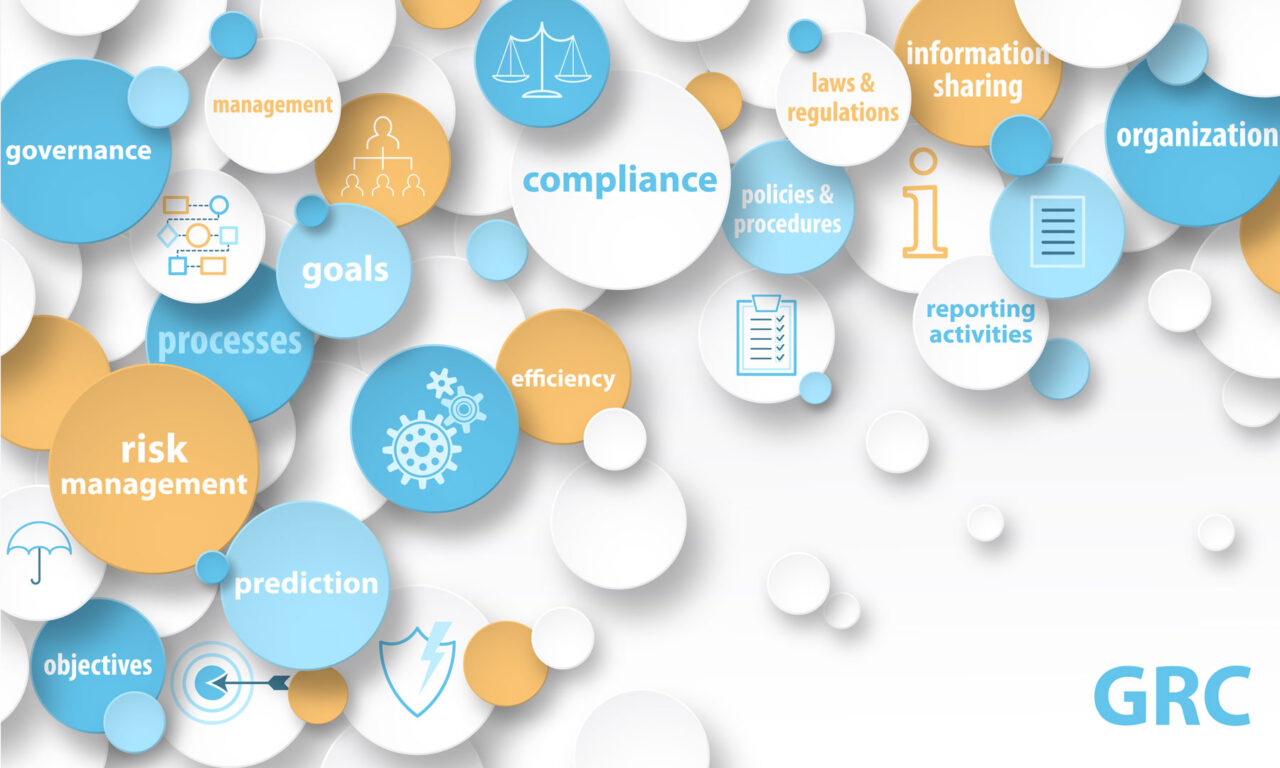In today’s interconnected business landscape, organizations increasingly rely on third-party vendors and suppliers to support their operations. However, outsourcing critical functions introduces new risks that need to be effectively managed. Establishing a robust vendor monitoring and auditing framework is essential to ensure compliance, mitigate risks, and maintain the integrity of your organization’s operations.
Some best practices to help you establish an effective framework for monitoring and auditing your vendors:
- Develop a Vendor Risk Assessment Process: Begin by conducting a comprehensive vendor risk assessment to identify and categorize potential risks associated with each vendor. Consider factors such as the criticality of the services provided, data security, regulatory compliance, financial stability, and reputation. This assessment will form the foundation for designing your monitoring and auditing program.
- Clearly Define Vendor Performance Metrics and Expectations: Establish clear performance metrics and expectations for each vendor, including key performance indicators (KPIs), service level agreements (SLAs), and compliance requirements. These metrics should be aligned with your organization’s overall goals and objectives. Regularly review and update these metrics as your business needs evolve.
- Implement Ongoing Vendor Monitoring: Implement a proactive monitoring process to continuously evaluate vendor performance. This can include regular reviews of vendor reports, performance dashboards, and periodic site visits. Leverage technology tools and data analytics to monitor key performance indicators and identify any deviations or potential risks.
- Conduct Regular Vendor Audits: In addition to ongoing monitoring, conduct periodic audits to assess vendors’ adherence to contractual obligations, regulatory requirements, and internal policies. These audits should be based on a risk-based approach, focusing on high-risk vendors and critical services. Establish a structured audit program, including a documented audit plan, checklists, and procedures to ensure consistency and completeness.
- Foster Effective Vendor Communication: Maintain open and transparent communication channels with your vendors. Regularly engage with them to discuss performance, address any issues or concerns, and review compliance requirements. Foster a collaborative relationship that encourages vendors to be proactive in identifying and addressing potential risks.
- Ensure Data Security and Privacy Compliance: Data security and privacy are critical aspects of vendor management. Establish clear contractual requirements for vendors to protect sensitive data and comply with relevant data protection regulations. Regularly assess and monitor vendors’ data security measures, including data handling, access controls, and incident response plans.
- Maintain Vendor Documentation: Maintain comprehensive documentation of all vendor-related activities, including contracts, SLAs, audit reports, and performance reviews. Document any issues or incidents encountered and the corresponding actions taken to address them. This documentation serves as a historical record and can be invaluable during audits or in the event of disputes.
Continuously Improve the Framework: Regularly review and update your vendor monitoring and auditing framework to incorporate lessons learned and emerging
- best practices. Stay informed about industry trends, regulatory changes, and emerging risks that may impact your vendors. Incorporate feedback from stakeholders and make necessary adjustments to enhance the effectiveness of your framework.
Establishing a robust vendor monitoring and auditing framework is crucial for organizations to effectively manage risks associated with outsourced services. By following these best practices, you can strengthen your vendor relationships, ensure compliance, and safeguard your organization’s operations. Regular monitoring, audits, and clear communication will enable you to proactively identify and address potential issues, thereby minimizing risks and maximizing the value derived from your vendor relationships.




